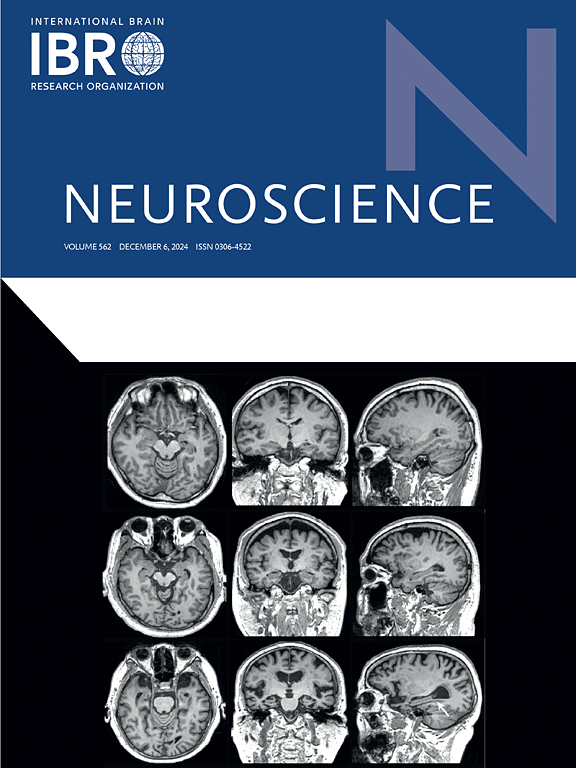Therapeutic modulation of mitochondrial dynamics by agmatine in neurodegenerative disorders
IF 2.9
3区 医学
Q2 NEUROSCIENCES
引用次数: 0
Abstract
Mitochondrial dysfunction is a pivotal factor in the pathogenesis of neurodegenerative disorders, driving neuronal degeneration through mechanisms involving oxidative stress, impaired energy production, and dysregulated calcium homeostasis. Agmatine, an endogenous polyamine derived from arginine, has garnered attention for its neuroprotective properties, including anti-inflammatory, anti-oxidative, and antiapoptotic effects. Recent studies have highlighted the potential of agmatine in preserving mitochondrial function and mitigating neurodegeneration, making it a promising candidate for therapeutic intervention. One of the key mechanisms by which agmatine exerts its neuroprotective effects is through the maintenance of mitochondrial homeostasis. Agmatine has been shown to modulate mitochondrial dynamics, promoting mitochondrial fusion and fission balance essential for cellular energy metabolism and signaling. Moreover, agmatine acts as a regulator of mitochondrial permeability transition pore (mPTP) opening, preventing excessive calcium influx and subsequent mitochondrial dysfunction. Despite promising findings, challenges such as optimizing agmatine’s pharmacokinetics, determining optimal dosing regimens, and elucidating its precise molecular targets within mitochondria remain to be addressed. Future research directions should focus on developing targeted delivery systems for agmatine, investigating its interactions with mitochondrial proteins, and conducting well-designed clinical trials to evaluate its therapeutic efficacy and safety profile in neurodegenerative disorders. Overall, agmatine emerges as a novel therapeutic agent with the potential to modulate mitochondrial homeostasis and alleviate neurodegenerative pathology, offering new avenues for treating these debilitating conditions.

求助全文
约1分钟内获得全文
求助全文
来源期刊

Neuroscience
医学-神经科学
CiteScore
6.20
自引率
0.00%
发文量
394
审稿时长
52 days
期刊介绍:
Neuroscience publishes papers describing the results of original research on any aspect of the scientific study of the nervous system. Any paper, however short, will be considered for publication provided that it reports significant, new and carefully confirmed findings with full experimental details.
 求助内容:
求助内容: 应助结果提醒方式:
应助结果提醒方式:


